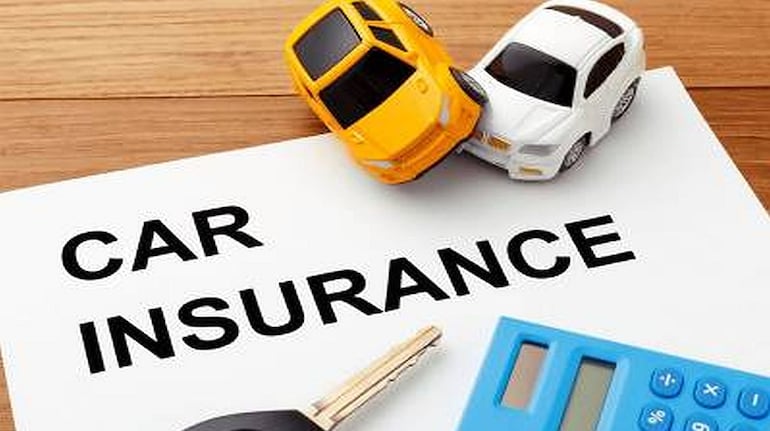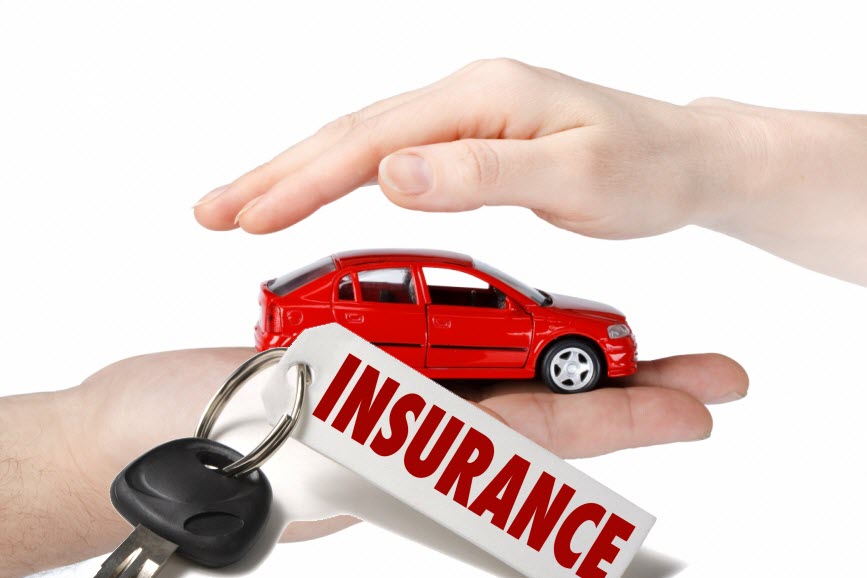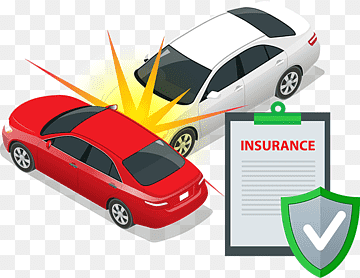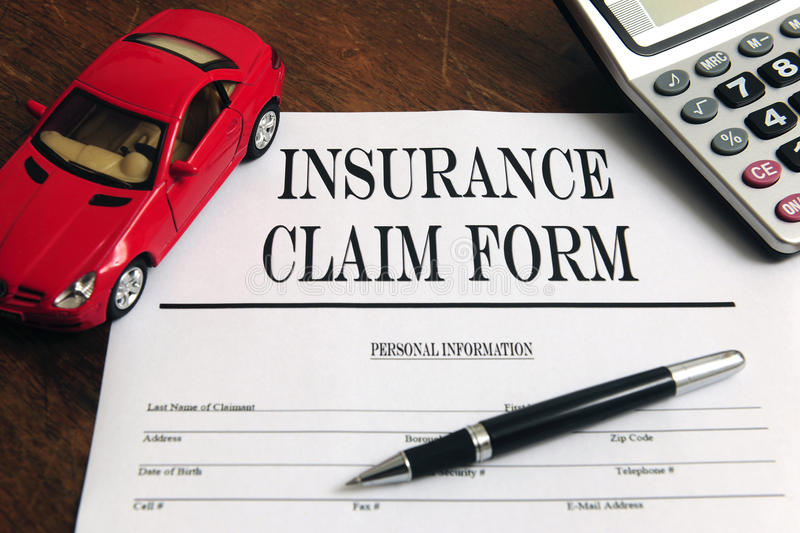Car Insurance Claim – How to File a Car Insurance Claim

When a covered accident occurs, follow these steps to file a claim.
1. Contact your insurance company as quickly as possible, even if you are at the scene of the accident, regardless of who is at fault. Even if the collision appears minor, it is critical to notify your insurance provider and determine whether your auto insurance policy covers the specific loss.
2. Use a mobile app to expedite your claim. Many insurance companies now include apps that allow you to report a claim, monitor its status, add images, check your deductible, schedule an assessment, reserve a rental car, and request reimbursement for towing and glass claims.
Some apps even allow you to graphically recreate the events and conditions of your car accident in order to tell the insurance adjuster.
3. Determine which documents are required to support your claim. Your insurance company will demand a “proof of claim” form as well as a copy of the police report if you filled one out at the scene of the accident. Your insurer’s website may contain a function that allows you to track the status of your claim.
4. Recognize the timeliness of your claim. To avoid missing a vital claim deadline, inquire:
• Is there a time limit for filing claims and submitting bills under my policy?
• Is there a deadline for settling claims disputes?
• Is there a deadline for submitting more information?
• When can I expect to hear from the insurance company?
6. Provide the information requested by your insurance. Complete the claim forms completely. Keep detailed and structured records of everything relevant to the claim, including the names and phone numbers of everyone you talk with at your insurer, as well as copies of any bills related to the accident. If you have any questions, contact your adjuster, an insurance professional, or your state insurance department.

What to do at the scene of an accident before filing a claim.
What to do at an accident site
Nobody wants to be in a car accident. On the other hand, being prepared and understanding what to do in the event of an accident can save lives, lessen injuries, and make the claims process simpler and smoother.
So you’ll be ready when the scenario arrives:
• Keep important paperwork in your cars, such as the registration, evidence of auto insurance, and the name of your leasing agent. It’s also a good idea to keep vital medical information (allergies, doctor’s names) on hand for yourself and your family members.
• Ensure that your vehicle is prepared for an emergency. Flares, orange cones, and emergency signage can assist protect your loved ones and your vehicle after an accident. And, while we rely on technology, it is possible that it will fail when you need to record a phone number or license plate information—keep a pad and pen in your car.
• Ensure that you have the appropriate quantity of auto coverage for your needs. While insurance is not a replacement for health and safety, knowing you’ll be protected in the event of an accident helps alleviate tension.
If an accident occurs, immediately:
• Take precautions. If feasible, move the vehicle to the side of the road. If the accident was caused by road rage, exercise particular caution while interacting with the other driver. If you are hit from behind and suspect you are the intended victim of a carjacking, pull over to a safe location.
• Examine any potential injuries. First and foremost, tend to people—ensure that everyone is in good health. If someone is hurt, dial 911.
• Examine the vehicle’s damage. Once you’ve confirmed that everyone is safe, assess the extent of the vehicle’s damage. Take pictures if you can.
• Do not leave the accident scene. If you come upon an unattended vehicle, try to locate the owner. If you are unable to do so, please leave a note with your name, address, and phone number. Keep a record of the details of the collision, including the make and model of the car and the location of the accident.
• Gather as much information as you can. Obtain the names and contact information of all parties involved in the accident, including witnesses. In a multi-car accident, ask the other driver or drivers for their license, car registration, and insurance ID card, as well as the makes and models of the vehicles involved.
Take note of the accident’s location, time of day, and weather conditions. Smartphones are an excellent tool for documenting driver and vehicle information (as well as accident details).
• Notify the police or the highway patrol. If you are involved in a serious accident, call 911 immediately, especially if anyone is injured. The police will contact the nearest medical unit if necessary. Receive the officers’ names and badge numbers, and ask where you may get a copy of their accident report.
• Even if the police are unable to attend the scene, file an accident report. To file an incident report, go to the nearest police station (or their website).
Having an official record can be useful if the other motorist decides to sue you for damages or medical issues, or if there is more damage to your automobile than was previously anticipated. You will also need the report when filing your insurance claim.
• Begin the claims process. Notify your insurance company as quickly as possible—the longer you delay, the more difficult it will be to remember the details.
Protect yourself from uninsured drivers.
Don’t put your finances in jeopardy because someone else isn’t covered.
Despite the legal requirements in 49 states, many American drivers are uninsured. Don’t jeopardize your financial health—get insurance and understand how to protect yourself in the event of a collision with an uninsured driver.
Uninsured drivers are rather common.
Except for New Hampshire, every state in the United States has a minimum mandated car insurance requirement. Despite this, approximately one out of every eight drivers does not have auto insurance; in some jurisdictions, this figure is one out of five.
If you are involved in a catastrophic collision with a driver who does not have auto insurance, you could face significant financial losses. Uninsured and underinsured motorist coverage is intended to guard against this risk.
Only a few states require uninsured motorist coverage to be included in all auto plans. It’s a smart idea regardless of your state’s laws. Check your coverage or consult with an insurance agent to ensure you’re insured if the other person isn’t.
Check your insurance coverage.
Don’t drive without at least basic auto insurance. Even if you think you can’t afford it, it’s for your own financial security in the long run. Some states offer programs to assist low-income drivers in order to ensure that everyone, regardless of financial circumstances, may purchase automobile insurance. Check with your state’s insurance office to determine if such a program is available. Shop around to find out how you can cut your auto insurance prices, and look for insurers who specialize in providing plans for low-income customers.
Specific options for uninsured motorist coverage vary by state and insurer, but there are three types of protection available in general:
• Uninsured Motorist (UM) coverage – This coverage, also known as Uninsured Motorist Bodily Injury (UMBI) insurance, will pay your and your passengers’ medical claims if you are involved in an accident caused by an uninsured motorist.

Furthermore, UM insurance will compensate you and your passengers for lost wages. If you are a pedestrian and are hit by an uninsured driver or are the victim of a hit-and-run accident, your UM coverage kicks in.
• Uninsured Motorist Property Damage (UMPD) coverage: uninsured motorist coverage covers bodily injuries but not vehicle or property damage. You will require UMPD coverage for this, which will pay for damages to your car caused by an uninsured motorist as well as damage to other personal property such as your house or fence. Inquire with your insurance expert or the state insurance department about UMPD coverage in your state.
• Underinsured Motorist (UIM) coverage – In rare cases, the at-fault motorist may have liability insurance, but the policy limits might not cover the full extent of your vehicle’s damage. In such circumstances, the shortfall will be covered by UIM insurance.
Protect yourself from irrational drivers by avoiding road rage incidents.
Aggressive driving might result in accidents and a loss of coverage.
Road rage episodes are not only dangerous, but many auto insurance policies exclude them from coverage. Understand your risks and take precautions to avoid becoming a victim – or causing – of aggressive driving accidents.
Congested highways and traffic jams can cause drivers to lose control and become angry. Road rage is a real issue that can result in major accidents or even violent situations on the road.
It’s critical to understand that many auto insurance policies include an exemption for road rage. This is because any damage or liability caused by aggressive driving is not considered an accident, but rather the result of dangerous behavior.
Rather than risk paying the penalties of road rage, one of which could be that your vehicle insurance claim is denied, it’s best to avoid a risky and costly aggressive driving event in the first place.
If you come across an aggressive motorist on the road…
• Maintain as much distance as feasible. If necessary, slow down or change lanes, let the car pass, and leave enough space at junctions to drive away.
• Take down a description of the car and, if feasible, the license plate number so that you can report him or her to the authorities for everyone’s protection.
• Never engage or challenge the perpetrator in any way. Ignore the driver’s rudeness and resist the need to respond in kind, or you may intensify the unsafe behavior.
• Prioritize your safety. If an angry driver starts following you, lock your doors and go to the nearest police station. Never stop to confront a reckless driver.
• Give yourself plenty of time to get where you need to go if you have a short fuse. When you’re in a rush, you have less patience and are more prone to grow irritated.
• Keep in mind that other drivers are not intentionally bothering you. People make mistakes, or they may drive slowly for a reason—they may be disoriented, or their vision may be affected by sun glare.
• Other than a wave to someone who lets you into your lane, don’t use hand—or single finger—gestures.
• Avoid tailgating sluggish drivers. It is perilous to hang on to the back bumper of another vehicle. If the car in front of you has to brake suddenly and you rear-end it, the collision is your fault.
• Do not blow your horn excessively. It is not a good idea to lean on your horn. While expressing your dissatisfaction with traffic congestion may make you feel better, it won’t make anybody go any faster, it’s annoying to other cars and passengers, and it raises everyone’s stress level, which may lead to more aggressive conduct.
• Never stop to argue with another driver. It could result in a perilous situation for everyone involved.
Auto Insurance can help you reduce the dangers that come with inexperience and immaturity.
While earning a driver’s license is a joyful rite of passage for teenagers, it can cause parental anxiety—and for good reason. Teenagers’ first years of driving are quite dangerous. Motor vehicle crashes are the biggest cause of death among 15- to 20-year-olds, and studies reveal that more than half of those killed are passengers, the majority of whom are not wearing a seatbelt.
The two main causes of elevated teen crash rates are immaturity and a lack of driving experience. Even the finest teen drivers lack the judgment that comes with experience. It impairs their ability to recognize and respond to hazardous situations, leading to risky behaviors such as speeding and tailgating. Teens also participate in risky activities, such as eating, talking on their telephones, text messaging, and talking to friends in the car, and they frequently fail to wear seatbelts.
If you are the parent of a new driver, take the following precautions to guarantee your teen’s safety.
You and your teen should select a vehicle that is simple to use and provides adequate protection in the case of a collision. Learn how to select a safe vehicle, such as avoiding small cars and those with high-performance pictures, which may encourage speed and irresponsibility, as well as trucks and sport utility vehicles (SUVs), which are more prone to rollovers.
Enroll your adolescent in a driver’s education program.
The more driving practice your kid gets, the more confident he or she will be behind the wheel, and he or she will be better prepared to react to stressful events on the road. An adolescent who has learned to drive through an approved driver’s education course is also considered favorably by insurers and may qualify for a discount.
Enroll your teen in a safe driving course.
Check to see if your insurance provider has a “safe driver” program. Teens in these programs sign parent-teen driving contracts that describe the young driver’s obligations (for example, not having teen passengers in the car, being home by a particular hour, and so on) as well as the repercussions of failing to fulfill those expectations. If your adolescent completes the program, he or she will not only be a safer driver, but you may also be eligible for a discount.
Furthermore, many insurance companies are assisting in reducing the number of accidents involving teen drivers by subsidizing the cost of electronic devices such as GPS systems and video cameras that can monitor teens’ driving habits and alert parents of unsafe driving practices via email, text message, or phone.
Enroll your teen in a graduated driving education program, or build your own.
With graded driver’s license (GDL) programs and other rules that allow juvenile drivers to learn skills and gain experience behind the wheel, many states have successfully reduced teen accident rates. With these, novice drivers are prohibited from engaging in specific activities, such as late-night driving, transporting passengers, or driving unaccompanied, until they have had their licenses for a specified period of time.
Parents in states without a GDL program can implement the same policies. Take an active role in your teen’s driving practice and expose them to a wide range of driving settings to build experience and confidence as you gradually introduce privileges. Allow solo driving only after extensive practice, including night driving and driving in adverse weather conditions.
Discuss the risks of drug and alcohol abuse.
Advise teens not to drink or use drugs, and to avoid getting into a car if the driver has used drugs or alcohol. Encourage your kid to phone you if such an incident occurs so that they have a safe way home.
Recognize the risks of distracted and intoxicated driving.
Discuss with your teen the significance of not driving while distracted. Distractions include talking on the phone or texting while driving, as well as listening to the radio and chatting with passengers. Teens should also be responsible passengers in the cars of their pals. Before picking up their first teen passenger, new drivers should drive 1,000 miles or six months.
Set a good example.
Because new drivers learn by example, if you drive dangerously, your adolescent driver may follow suit. Wear your seatbelt at all times and never drink and drive.
Finally, keep in mind that teenagers mature at different rates; not all are mature enough to manage a driver’s license at the same age. Before allowing your teen to obtain a license or ev, parents should evaluate whether they are easily distracted, apprehensive, or risk-takers. Even the finest teen drivers lack the judgment that comes with experience. It impairs their ability to recognize and respond to hazardous situations, leading to risky behaviors such as speeding and tailgating.

